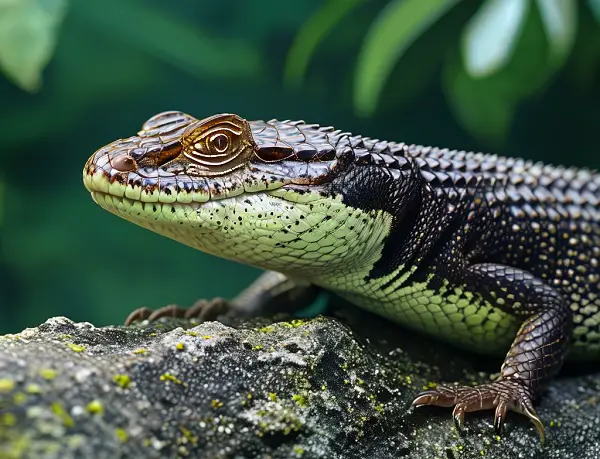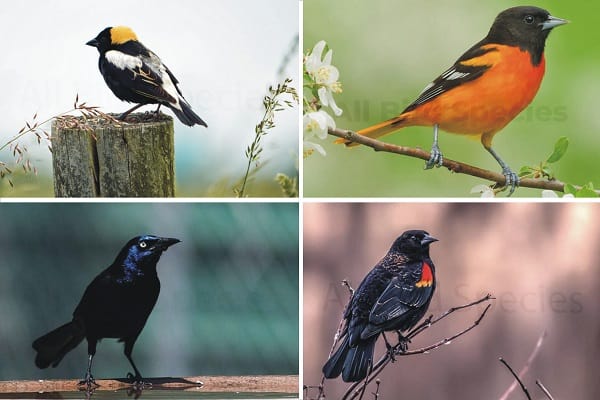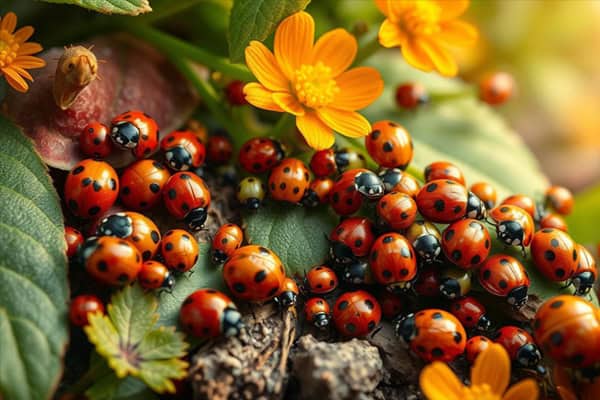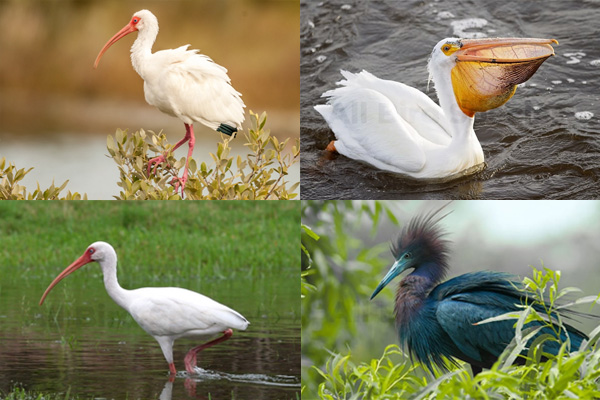Have you ever wondered about the captivating mourning dove and its fun facts, a familiar feathered friend found across North America? These birds are more than just a sight in your yard. Let’s dive into the world of mourning doves and find out what makes them unique.
The mourning dove captures hearts everywhere, but what makes it so special? Is it their unique calls or their long lives that fascinate us? There’s a lot to learn about these charming creatures. Are you ready to explore the secrets of the mourning dove?
Learn About Mourning Dove and its interesting fun facts
The mourning dove is found widely across North America. It enchants birdwatchers with its unique look and call. Known for its smooth flying and sad-sounding coos, it often sits on telephone wires. Here, it searches for seeds in various areas such as cities, suburbs, and the countryside.
A Familiar Sight Across North America
This dove lives in most of the U.S., parts of Canada, and northern Mexico. It thanks its wide distribution to its ability to live in different environments. From forests and open lands to our neighborhoods and farms, these doves are everywhere. Therefore, they are one of the most commonly seen birds in North America.
The Meaning Behind the Name
The mourning dove’s name comes from its sad, owl-like call. Its scientific name, Zenaida macroura, tells us more. “Macroura” means “long-tailed” in Greek, referring to its unique long tail feathers.
“The melancholy, wistful sound of their call is what gives the mourning dove its name, as it is sometimes mistaken for an owl’s hoot.”
Its beautiful looks and the sound it makes have helped the mourning dove find a special place in the heart of North America.
Mourning Dove Feeding Habits
Mourning doves love seeds and can eat up to 20% of their weight in them daily. Their skill at finding food and how their bodies can handle many seed types help them stay healthy.
Seed Stockpiling and the Crop
These doves gather lots of seeds fast. They keep them in a part of their throat called the crop. When it’s full, they find a safe spot to digest, boosting their energy.
One mourning dove was seen with a jaw-dropping 17,200 bluegrass seeds in its crop. This shows how amazing their gathering skills are.
Eating Like a Champion
Mourning doves are built perfectly for eating lots of seeds quickly. This lets them make the most of food around them and stay active.
“Mourning doves are true champions when it comes to eating. Their ability to rapidly consume and store seeds in their crop is truly impressive.”
Learning about mourning doves’ eating habits shows their smart adaptations and importance in nature.
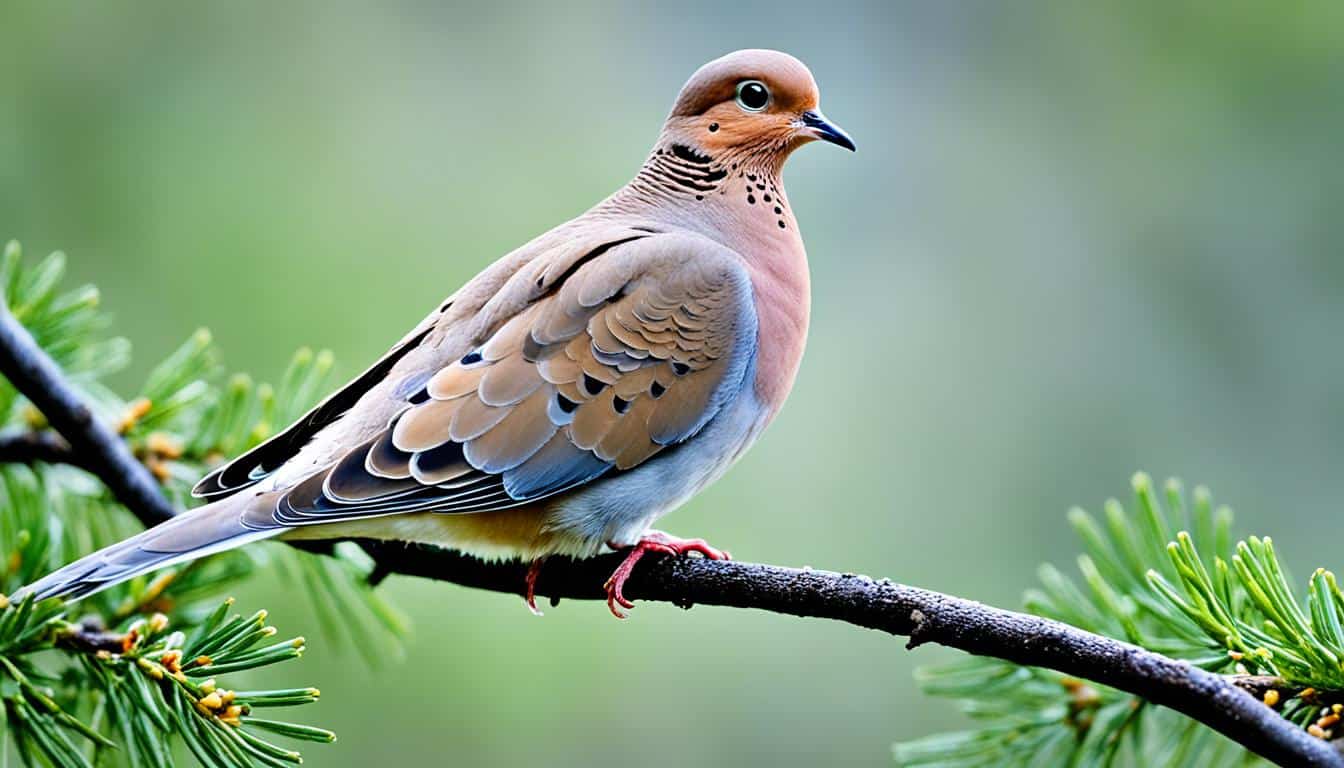
Mourning Dove Characteristics
Mourning doves have a unique look. They are brownish-gray with small heads and long, thin tails. These birds are easy to spot all over North America. You can tell them apart from other doves by the white tips on their tail feathers. This includes birds like the Eurasian collared dove and white-winged dove.
Both male and female doves look the same. They measure about 12 inches long with an 18-inch wingspan. This size and color make them stand out among other birds. When these doves fly, you hear a special whistling sound from the wind in their wings.
Physical Appearance and Identification
Looking at a mourning dove, you’ll notice certain things. They have small, slim heads and tails. Their feathers are mostly brownish-gray. The white tips on their tails help you know it’s a mourning dove.
Noticing the mourning dove‘s size and shape can help too. They are medium-sized, about 12 inches long. With an 18-inch wingspan, they are quite distinctive. Their unique mix of colors, combined with their small head and long tail, makes them easy to spot among doves in North America.

“The mourning dove’s distinctive appearance, with its brownish-gray plumage and white-tipped tail feathers, makes it easily recognizable across its vast North American range.”
For birdwatchers or nature lovers, knowing how to spot a mourning dove is important. From their calls to their looks, mourning doves are a special part of our scenery. They are a cherished bird in North America.
Mourning Dove Facts
Courtship and Nesting Behavior
During mating, mourning doves have an interesting show. They fly together, with the mated male up front. An unmated male follows, trying to push out the competition. A female dove flies third. This act reveals their complex teamwork and need for space.
Nesting starts after this display. Doves use twigs and grass to make their homes, often in trees or on ledges. The female lays two eggs. Both parents take turns keeping the eggs warm for about two weeks.
After hatching, the baby doves, or hatchlings, need lots of care. The parents feed them special food made of seeds and grains. This shows the strong family bond of mourning doves.
Unique Drinking Techniques
Mourning doves have a special way to drink water. They use their tongue to create suction for quick sips. This method is perfect for drinking from different water types, even slightly salty ones. It helps them live in places where finding fresh water is hard.
Mourning doves are truly interesting in how they court, build nests, and drink. Learning about their ways shows us their amazing ability to adapt. They are a great example of nature’s creativity and strength.
The Adaptable Mourning Dove
The mourning dove is very adaptable, living in many places across North America. It’s often seen in open areas, but it can also survive in the Mojave Desert. One key skill is its ability to drink salty water without harm. This helps a lot in dry places.
They are found in many areas, from southern Canada to northern Mexico. This makes them one of the most common birds around. Their adaptability lets them live everywhere, from the city to the wild.
Thriving in Diverse Habitats
Mourning doves are known for their ability to live in different places. They can be found in:
- Open farmland and grasslands
- Suburban and urban areas, including parks and backyards
- Deserts and arid regions, where they can drink brackish water
- Forested areas and wooded habitats
- Coastal regions and wetlands
This ability to fit in anywhere is a big reason for their wide presence in North America. They always find what they need to do well, no matter where they are.
“The mourning dove is one of the most adaptable and successful birds in North America, found in a wide variety of habitats from urban areas to remote wilderness.”
| Habitat Type | Mourning Dove Adaptability |
|---|---|
| Open Farmland | Thrive in abundance, taking advantage of abundant seed sources |
| Suburban/Urban Areas | Readily adapt to human-modified environments, nesting in trees and buildings |
| Deserts and Arid Regions | Able to drink brackish water, allowing survival in harsh, dry climates |
| Forested Areas | Utilize a variety of nesting sites, including trees and shrubs |
| Coastal Regions | Thrive in both inland and coastal habitats, taking advantage of diverse food sources |
Read Our Previous Articles
| Hawks in Florida |
| Swan Spiritual Meaning: What Does a Swan Symbolize? |
| House Finch vs Purple Finch: Spot the Difference |
| 5 Types of Grosbeak Birds You Should Know |
| Vulture Spiritual Meaning |
Wrapping on Mourning Dove Facts
The mourning dove’s importance goes way beyond its pretty sight. It’s one of the most common birds in the US. This bird is essential for keeping our environment in balance. It thrives in both cities and the countryside because it can adjust easily.
Even though saving them is hard, their numbers remain high. This shows how well they can live near us. We should work to protect them for the future. So that everyone can see their beauty and understand their role in nature.
Protecting mourning doves is a big reminder. We must care for the many types of life in our area. Getting to know these birds makes us care more about nature. It pushes us to keep the natural world safe for all living things.


